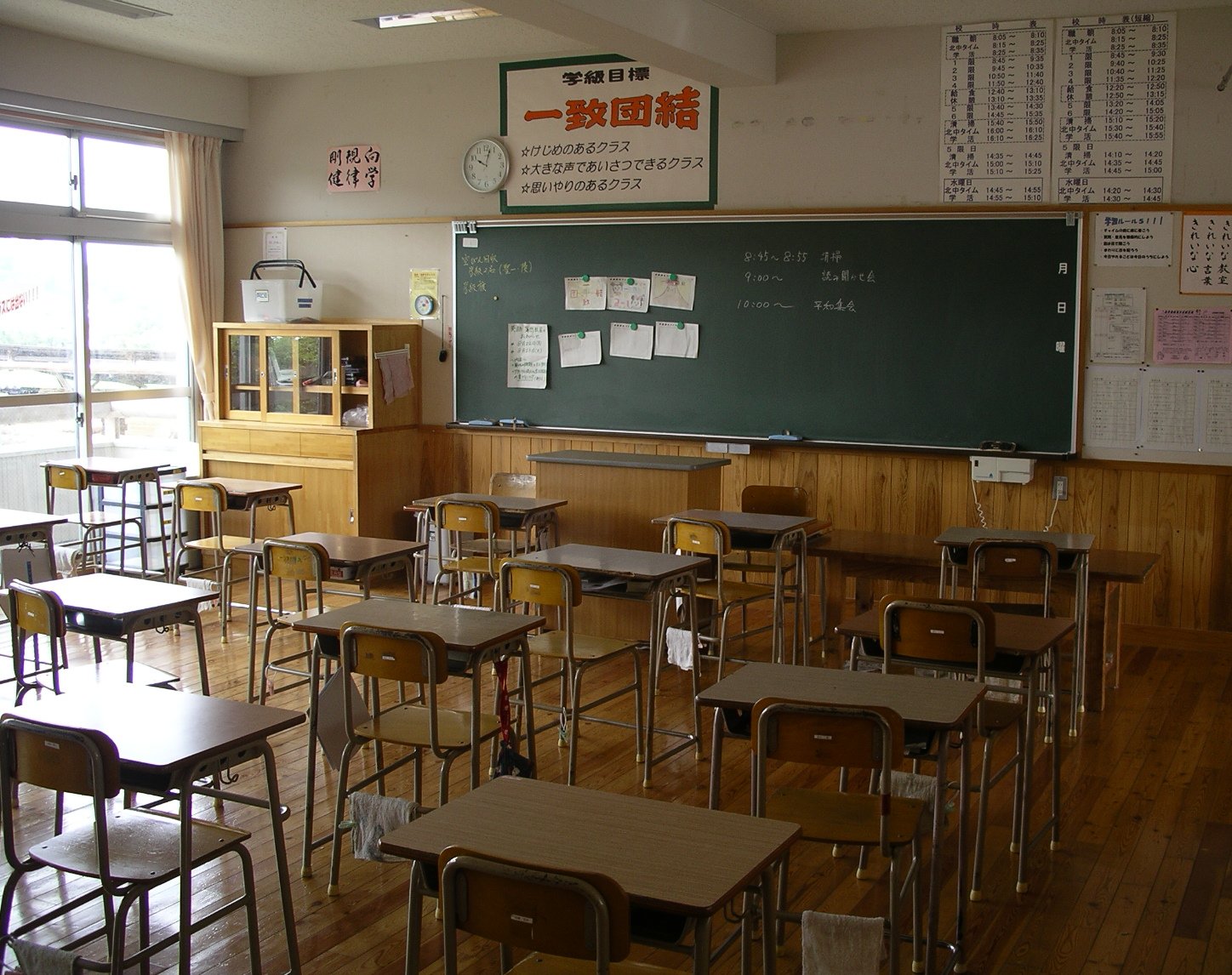
Furniture refers to movable objects designed to support various individuals activities such as seats (e.g., chairs, stools, and sofas), eating (tables), and sleeping (e.g., bedrooms). Furniture is also used to carry items at a convenient height for work (as horizontal floors above the ground, such as desks and desks), or to store things (e.g., cupboards and racks). Furniture can be a product of design and is considered a kind of decorative art. Furthermore to furniture's efficient role, it can provide a symbolic or religious purpose. It could be created from many materials, including material, plastic, and solid wood. Furniture can be made using a variety of woodworking joint parts which often echo the neighborhood culture.People have been using natural objects, such as tree stumps, stones and moss, as furniture because the beginning of real human civilisation. Archaeological research demonstrates from around 30,000 years back, people began constructing and carving their own furniture, using hardwood, stone, and pet bones. Early furniture from this period is known from artwork like a Venus figurine found in Russia, depicting the goddess on a throne. The first surviving extant furniture is in the homes of Skara Brae in Scotland, and includes cupboards, dressers and beds all constructed from stone. Complex building techniques such as joinery started in the first dynastic amount of historic Egypt. This era saw constructed real wood items, including stools and desks, sometimes adorned with valuable metals or ivory. The evolution of furniture design persisted in early Greece and historic Rome, with thrones being commonplace as well as the klinai, multipurpose couches used for soothing, eating, and sleeping. The furniture of the Middle Age ranges was usually heavy, oak, and ornamented. Furniture design widened through the Italian Renaissance of the fourteenth and fifteenth century. The seventeenth century, in both Southern and Northern Europe, was characterized by opulent, often gilded Baroque designs. The nineteenth century is usually identified by revival styles. The first three-quarters of the twentieth hundred years are often viewed as the march towards Modernism. One unique outgrowth of post-modern furniture design is a return to natural shapes and textures.
Cara Menghias Ruang Kelas HAIRSTYLE GALLERY

Pameran Rivers Of The World Satukan Aliran Bengawan Solo Dan Sungai

SD SAIM Surabaya: Kunjungan kelas 4 2011/2012 ke Gedung Bersejarah

RUANG KELAS a photo on Flickriver

Thank You for Reading this Website


 Thank You for Reading this Blog
Thank You for Reading this Blog
 Thank You for Reading this Website
Thank You for Reading this Website








